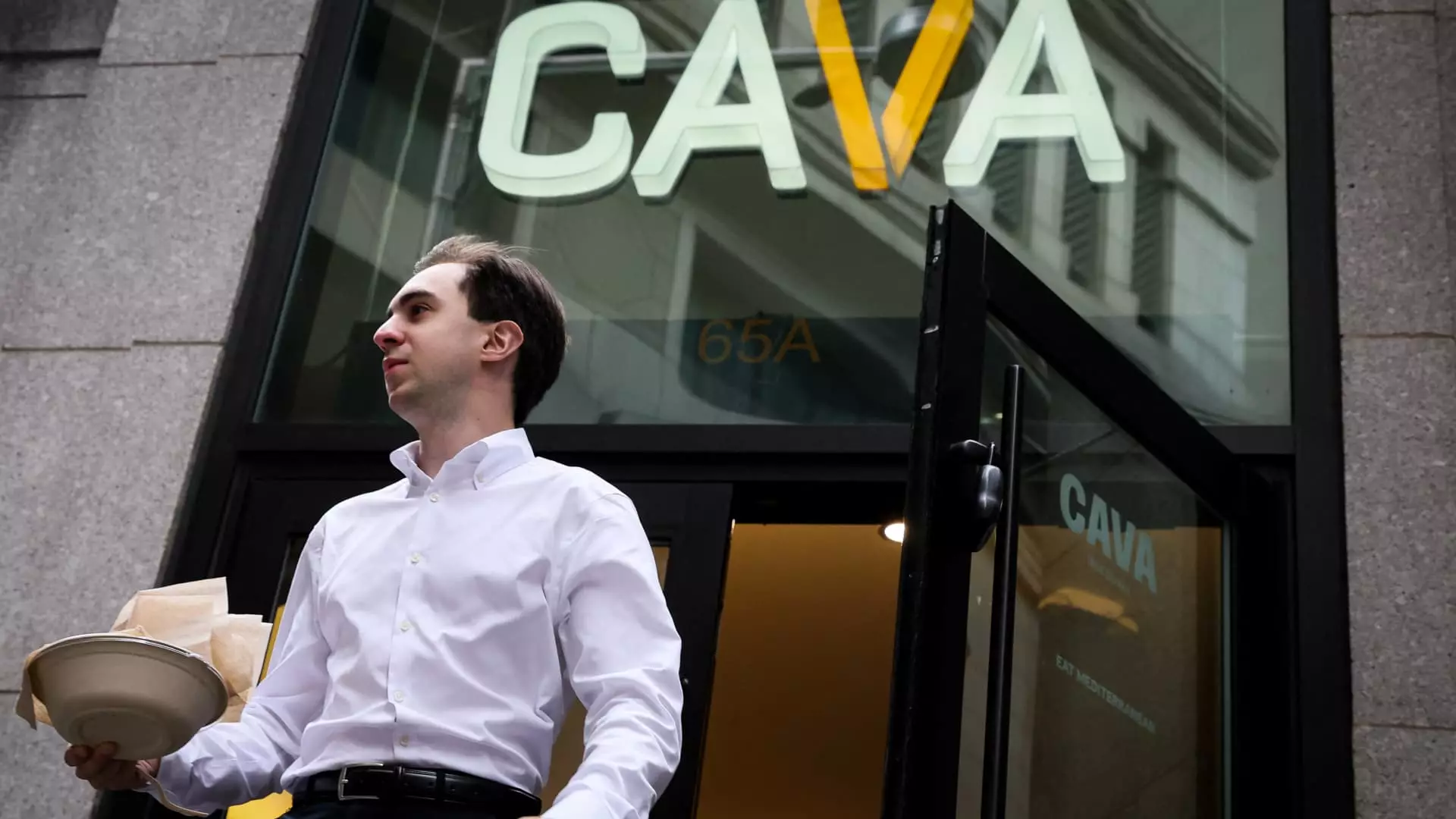In an era marked by economic uncertainty and a consumer landscape increasingly driven by value and caution, fast-casual restaurant chains are heavily banking on loyalty programs as their salvation. These initiatives, once considered a mere bonus for loyal patrons, have grown into vital lifelines for brands striving to stay afloat amid dwindling traffic and stagnating sales. The stark truth is that in today’s environment, a well-crafted loyalty scheme isn’t just an advantage; it’s a mandatory component of survival. But beneath this strategic shift lies a complex question—are these programs genuinely fostering lasting relationships, or merely serving as superficial incentives that mask deeper challenges?
The industry’s struggles are evident. Data from Black Box Intelligence reveals that, over a 12-month period ending in May, restaurant visits have plummeted, with only a single month (November) showing a traffic increase. Sales figures remain fragile, with fewer brands reporting growth and many consumers tightening their belts. In such an environment, loyalty programs become a crucial tool—not just for driving traffic but for cultivating a habitual connection with consumers who are increasingly selective about where they spend. These programs are designed to make the brand a part of consumers’ daily routines, creating a sense of engagement and familiarity that mere discounts cannot fulfill.
Transforming Loyalty into Strategic Differentiation
Several industry leaders are not just implementing loyalty schemes—they are reinventing them. Starbucks, with its staggering 34 million active rewards members, exemplifies how these programs can be deeply embedded into a brand’s ecosystem. Over half of its US transactions now originate from rewards members, illustrating the potential loyalty programs have to drive volume and frequency. Similarly, Chipotle’s loyalty initiative accounts for roughly 30% of daily sales, helping the chain avoid even steeper price hikes and maintaining a strong brand affinity in turbulent times.
What makes these programs so impactful is their ability to go beyond simple point accumulation. Cava, for example, has over 7 million members in its revamped system, which offers flexibility in earning and redemption, including unique rewards like pita chips and limited-time offers. The chain’s playful approach—introducing mascot “Peter Chip” on National Pita Day and offering surprise rewards—reflects an understanding that emotional engagement can resonate more deeply than discounts alone. As competition intensifies, brands are learning that innovation and creative incentives build not just fleeting interest but sustained loyalty rooted in positive experiences.
Nevertheless, these initiatives do not come without risk. Promotions and free rewards eat into margins—an unavoidable tradeoff when trying to entice wary consumers. The delicate balance between offering enough value to retain customers and preserving profitability is at the heart of many loyalty program strategies. For instance, Starbucks’ move to double stars for all full purchase transactions sparked some controversy but demonstrated the potential to maintain participation without sacrificing revenue.
Are Loyalty Programs Enough or Just a Band-Aid?
Despite their strategic importance, loyalty programs alone cannot address the broader systemic issues facing the restaurant industry. The reality is harsh—consumer spending is tightening, and traffic declines threaten long-term viability for many brands. The question then becomes: are these programs simply enough to stave off decline, or do they serve as a temporary bandage that masks deeper structural problems?
Potbelly’s shift to a coin-based system and Portillo’s digital wallet initiative illustrate attempts to inject flexibility and relevance into loyalty efforts. These systems facilitate faster reward redemption and foster a sense of personalization, potentially encouraging more frequent visits. Yet, as the industry continues to grapple with declining foot traffic, one must wonder if such tactics merely delay the inevitable rather than resolve it.
What’s truly alarming is the degree to which these programs may foster dependency rather than genuine loyalty. Are consumers becoming conditioned to expect freebies and short-term incentives, or are they building authentic emotional bonds with brands? It’s a fine line—promotional tactics that feel like shortcuts might breed skepticism and erode trust over time, especially if brands rely too heavily on discounts rather than meaningful value propositions.
Ultimately, loyalty programs are a double-edged sword. When strategically executed, they can reinforce a brand’s value and create a sticky customer base. When mismanaged or overused, they risk turning into costly gimmicks with diminishing returns. As traditional marketing channels falter and consumer priorities evolve, the industry must scrutinize whether these programs are the true path forward or just a temporary fix in a challenging landscape. If fast-food chains hope to escape their current rut, they will need to deepen their understanding of what loyalty genuinely entails—beyond points and perks—and focus on cultivating authentic relationships that withstand economic downturns and changing consumer behaviors.

